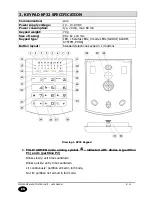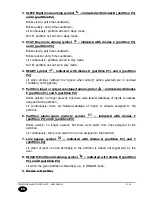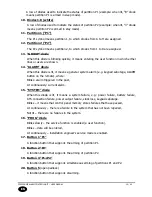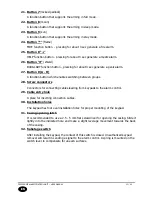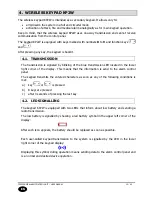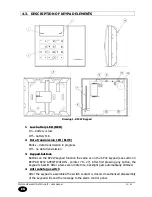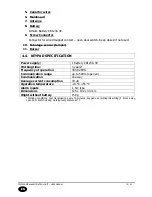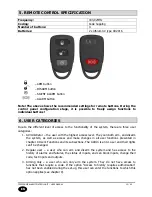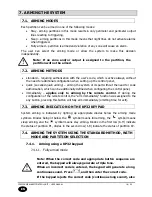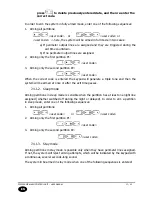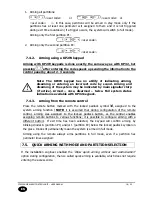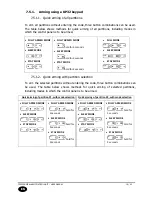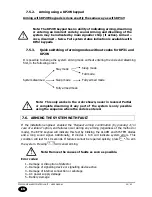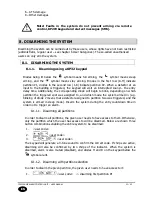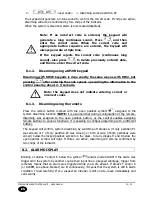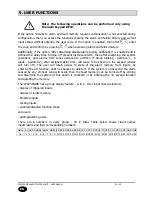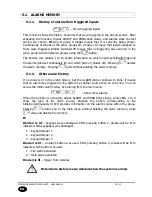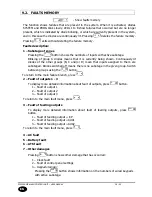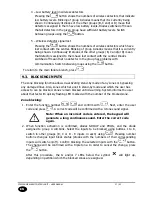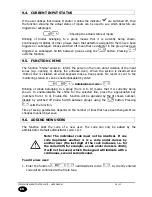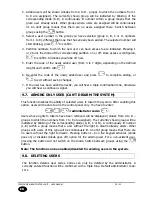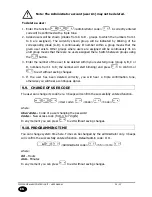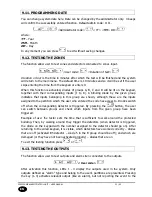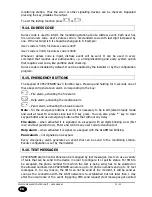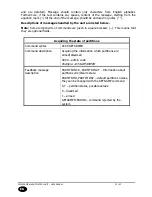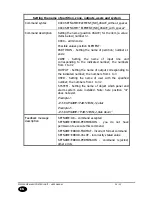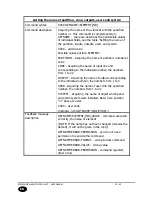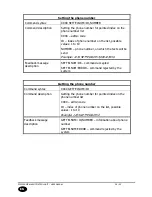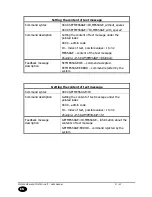
CPX230NWB ALARM CONTROL UNIT – USER MANUAL
22 / 42
EN
2.
<user code> <- disarming second partition P2
The keypad will generate a 3-tone sound to confirm the correct code. If chirps are active,
disarming will also be confirmed by two chirps of the indicator.
When the system is disarmed, alarm is also muted (disabled).
Note: If an incorrect code is entered, the keypad will
generate a long continuous sound. Press
, and then
enter the correct code. When the correct code and
appropriate button sequence are entered, the keypad will
always generate a triple tone.
If the keypad rejects the correct code (continuous long
sound), also press
, to delete previously entered data,
and then re-enter the correct code.
8.1.2.
Disarming using a KP2W keypad
Disarming with KP2W keypads is done exactly the same way as with KP32, but
pressing
after entering the code speeds up sending the information to the
control panel by about 2 - 3 seconds.
Note: the keypad does not indicate entering correct or
incorrect codes
8.1.3.
Disarming using the remote
Press the remote button marked with the open padlock symbol
, assigned to the
system disarming function (
NOTE:
it is assumed that during configuration of the remote,
disarming was assigned to the open padlock button, as the central enables assigning
remote buttons to various functions; it is possible to configure disarming with a different
button).
The keypad will confirm system disarming by switching off diodes A (if only partition P1
was armed) or 1 (if only partition P2 was armed), or both at once (if both partitions were
armed) below the locked padlock symbol on the glass. In turn, diodes H and 8 below the
open padlock symbol will light. If chirps are active, disarming will also be confirmed by
two chirps of the indicator.
8.2.
ALARM DISPLAY
Blinking of diodes F and/or 6 below the symbol
(and/or diode ALARM if the alarm was
triggered in the system by another source than input line e.g keypad sabotage, trigger from
remotes) means that an alarm was triggered while you were absent. If diodes F and/or 6
(or ALARM, see above bracket) are lit continuously, it means that the system is still in alarm
condition. Tread carefully! If you suspect an intruder is still on site, leave immediately and
call security.

